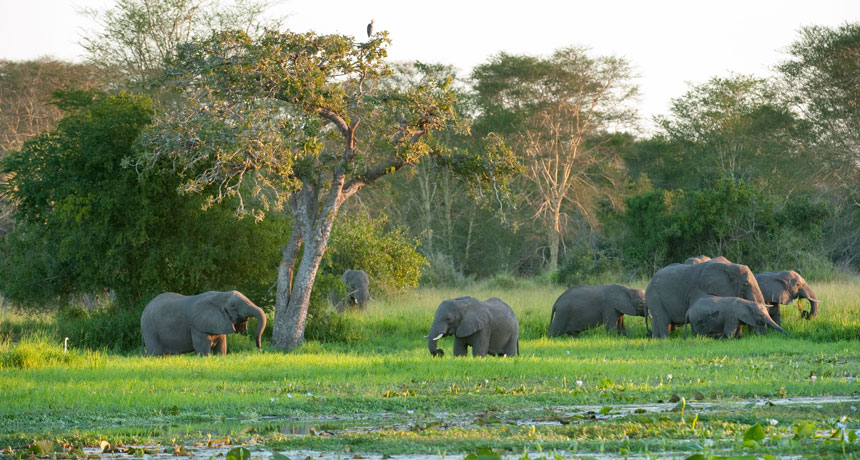"Human proximity and large predators drive coyotes and bobcats to fatal outcomes"

When wild animals find themselves near human populations as they try to flee from predators, the safety they perceive there could lead to their demise, according to a recent study published in Science.
Mid-sized carnivores like coyotes have learned to stay clear of their larger predator counterparts like cougars and wolves that frequently attack and kill them. However, when these larger predators are around, smaller carnivores tend to move closer to human territories in an attempt to evade their attackers. This, however, puts them at a higher risk of being killed by humans, scientists warn.
The study is one of the first to demonstrate that the behavior of other predators outside of wilderness areas is impacted by large cats and wolves, according to Laura Prugh, a wildlife ecologist from the University of Washington.
In the past, when large carnivores were hunted from their habitats in several regions of North America, predators less threatening to humans thrived. When these large predators were reintroduced to their habitats, including wolves in Yellowstone National Park, scientists began to observe violence erupting between old and new meat eaters. Prugh had witnessed the aftermath of such violence in Alaska where she saw the remains of coyotes massacred by wolves. "The wolves had buried [the coyotes’] heads in the snow," Prugh later recounted. “It was a little macabre."
The smaller predators try to remain hidden from their murderous kin but how they do this outside of wilderness areas remained unclear. Some animals tend to hide in places shaped by humans such as suburbs, or farms, which is referred to as the human shield effect. However, some research indicates that mid-sized predators tend to remain far away from humans when they are given the chance.
To further understand how smaller predators behave near human settlements, Prugh and her team attached radio collars to 37 bobcats and 35 coyotes, along with 22 wolves and 60 cougars in rural areas in Washington State. The collars monitored the animals' movements every four hours for up to two years. This, according to Taal Levi, a wildlife ecologist at Oregon State University, who was not involved in the study, produced "one of the most impressive datasets" on predator movement outside of the wilderness areas to date.
The study showed that when large carnivores were present, coyotes and bobcats spent twice as much time near human territories such as ranches, fields, towns, and roads. However, this increased exposure to humans increased their risk of being killed by them with 25 bobcats and coyotes killed by humans during the research period, and only eight by wolves and cougars. People killed thrice as many coyotes and bobcats than the larger predators.
According to Prugh, animals might not be good at recognizing danger signs from people in the modern world. A coyote could hardly make the connection that the person behind the gun is the danger. Sensory information such as the scent and sounds of wolves, which evolved alongside coyotes for millenniums, however, are hard to forget after an attack.
The study shows that even outside wilderness areas, the behavior of smaller predators can still be affected by the presence of large carnivores, a notion that some scientists did not agree with. The findings are encouraging, though, and support the idea that large carnivores can control the numbers of smaller carnivores even outside the national parks where they are most commonly found.
The non-profit news organization, which aims to provide accurate, entertaining science news to the public, cannot achieve its mission without the support of donors. The support enables them to keep science news content free and available to artists and engineers of the next generation. Invest in quality science journalism by making a donation today.




